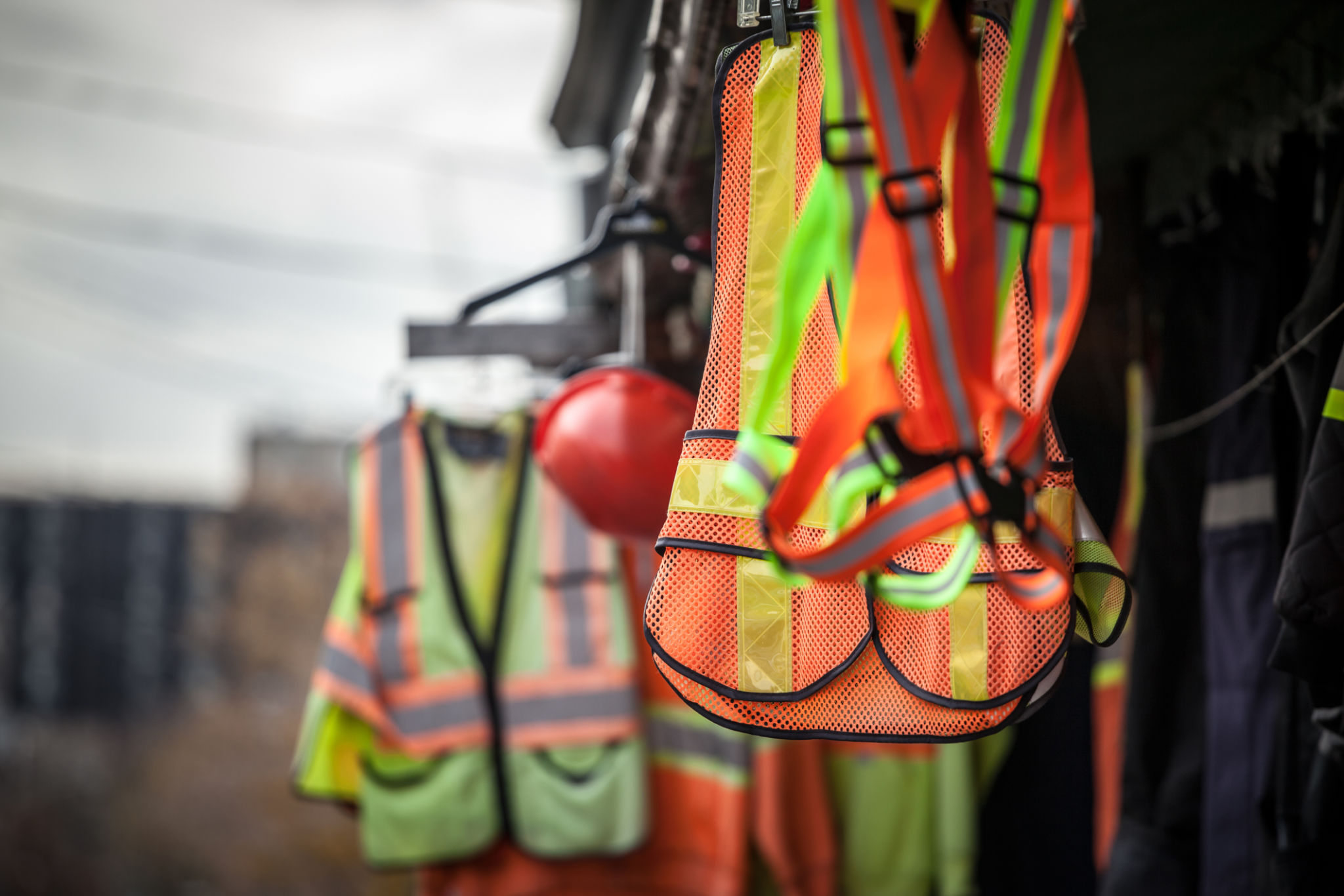Preparing for Seasonal Safety Challenges in Industrial Workplaces
Understanding Seasonal Safety Challenges
As seasons change, so do the safety challenges faced by industrial workplaces. Each season brings distinct hazards that require proactive measures to ensure the safety and well-being of employees. From extreme temperatures to changing weather conditions, preparing for these challenges is crucial for maintaining a safe working environment.

Winter, for example, can introduce risks such as icy surfaces and reduced visibility due to shorter daylight hours. Similarly, summer can present issues like heat stress and dehydration. Addressing these challenges requires a strategic approach tailored to the specific needs of each season.
Implementing Effective Safety Protocols
Developing and implementing effective safety protocols is essential for managing seasonal risks. This begins with conducting a thorough risk assessment to identify potential hazards associated with each season. Involving employees in this process can also provide valuable insights into everyday challenges that might be overlooked.
Once potential risks are identified, it is vital to establish clear safety protocols. This may include regular maintenance checks, ensuring equipment is weather-appropriate, and providing personal protective equipment (PPE) suitable for seasonal conditions.
Training and Awareness
Training forms the backbone of any successful safety program. Conducting regular training sessions keeps employees informed about seasonal hazards and how to mitigate them. It's important to tailor these sessions to address specific seasonal challenges, ensuring that employees are well-prepared and aware of the protocols in place.

Raising awareness is equally important. Utilizing visual aids such as posters and digital displays can help reinforce safety messages. Encouraging open communication allows employees to share concerns or suggest improvements, fostering a culture of safety.
Monitoring and Evaluation
Monitoring conditions and evaluating the effectiveness of safety measures are crucial components of seasonal safety management. Regularly reviewing incident reports and feedback from employees provides valuable data for assessing the success of current protocols.
This information can be used to make necessary adjustments or introduce new measures, ensuring continuous improvement. Keeping track of technological advancements in safety equipment can also provide opportunities to enhance workplace safety.

Emergency Preparedness
No matter the season, emergency preparedness should always be a priority. Establishing clear procedures for emergencies such as severe weather or equipment failures ensures that employees know what actions to take in critical situations. Regular drills and simulations can help reinforce these procedures and identify areas for improvement.
In conclusion, preparing for seasonal safety challenges requires a comprehensive approach that includes risk assessment, protocol development, training, monitoring, and emergency preparedness. By taking proactive measures, industrial workplaces can mitigate risks and create a safer environment for all employees, regardless of the season.